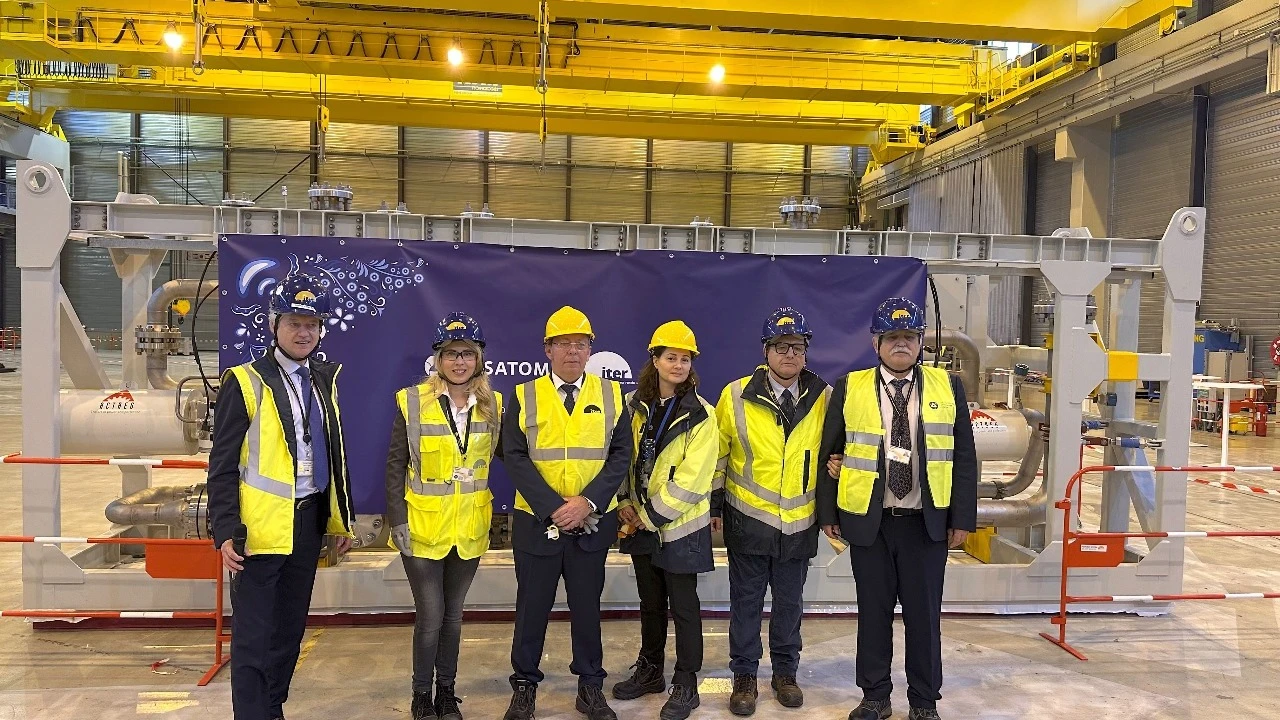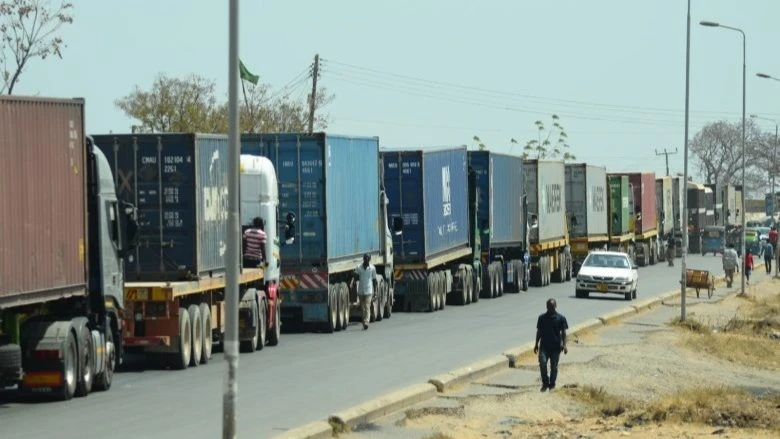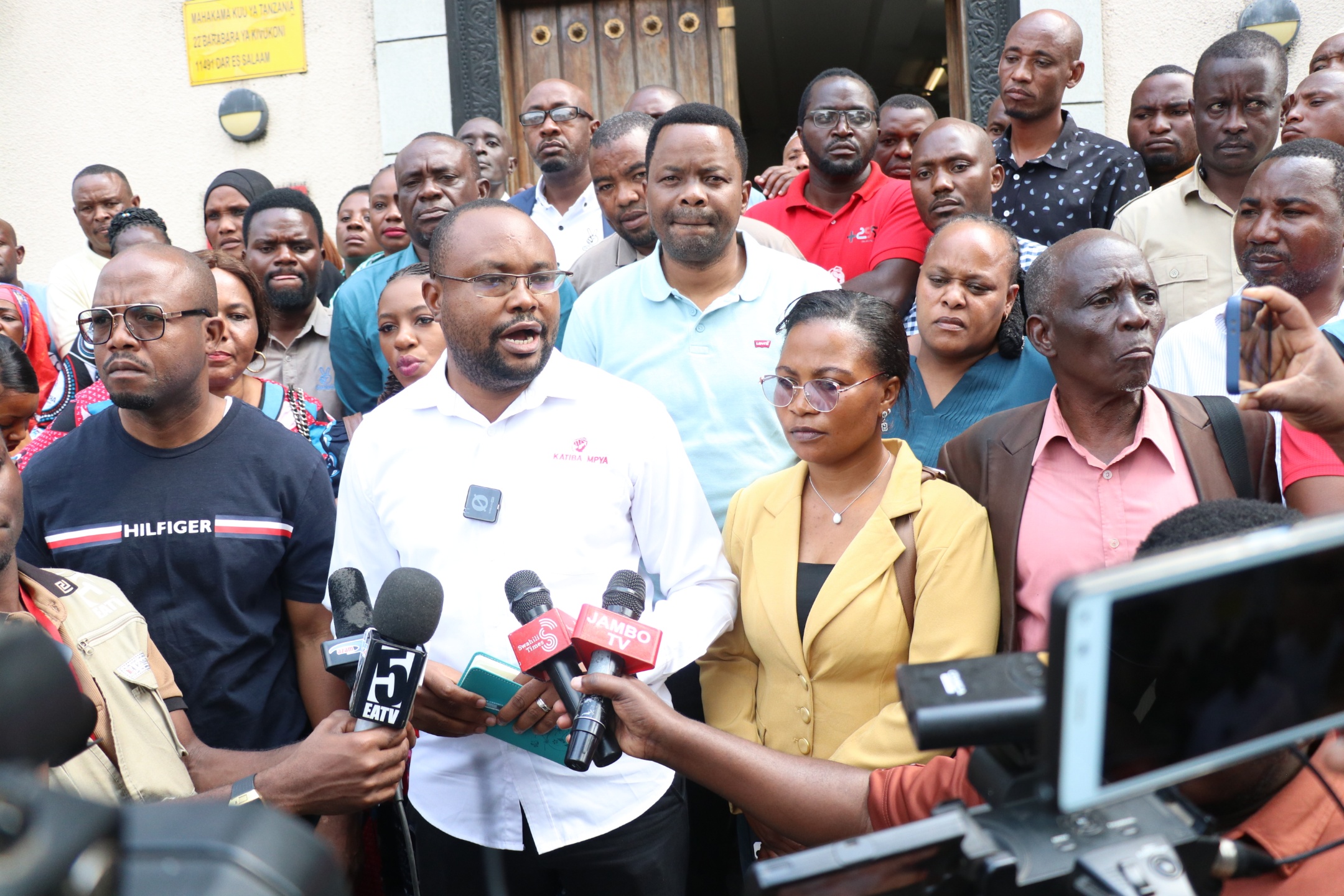Labour force rate for adults now reaching three quarters

TANZANIANS aged 15 and above who are either employed or actively seeking work increased from 72.1 percent in 2020/21 to 73.2 percent in 2024, a statistical report has indicated.
The findings are contained in the newly released Integrated Labour Force Survey (ILFS) 2024 published recently by the National Bureau of Statistics (NBS), offering the most comprehensive picture yet of the nation’s employment landscape.
Introducing the report, a senior labour economist said that Tanzania’s labour market has recorded a moderate rise in participation over the past four years, “reflecting growing engagement of citizens in economic activities as the country pushes ahead with its industrialisation and development agenda.”
Critics see the data as confirming what casual observations in most regions indicates, that youths are more engaged in seasonal labour, informal mining activities and only marginally tied to own farms or livestock herding.
The labour force participation rate is the proportion of those actively seeking work among the adult population, with officials seeing this trend as an improvement, modest signal of the strengthening of labour market commitment, “a growing readiness among people to participate in productive activities.”
Official analysts affirm that the rise comes at a time when the government has been expanding investments in infrastructure, manufacturing and services, reforms that have created new opportunities while also demanding a more skilled and adaptable workforce.
“This is a positive signal,” the statistical introduction affirmed, affirming that it shows that more working-age Tanzanians are positioning themselves to contribute to economic growth, while admitting to deep structural challenges shaping economic activity at all levels.
The 2024 data shows that men were far more involved in the labour force than women, with labour involvement standing at 79.6 percent, while female participation was at 67.4 percent, with the formal presentation seeing this as “a gap of over 12 points that has persisted across multiple national labour surveys.”
Unequal domestic responsibilities, limited access to formal employment opportunities, lower representation in high-growth sectors and social norms that influence women’s economic choices are noted as explaining disparities in labour participation.
In rural areas, women are heavily involved in subsistence agriculture but are less likely to be active participants in formal or wage-based economic activities, while location remains a strong determinant of labour market engagement, it said.
Urban participation in paid labour stands at 76.1 percent while rural areas participation was at 71.3 percent, implying reduced differences in urban and rural lives for most of the working population.
The concentration of formal employment, business services and investment in urban centres implies that most rural labour engagement is seasonal or informal sector activities, hiring labour in a regular manner, it showed.
The commercial capital had a labour participation rate of 77.6 percent, less than the overall average, implying a relatively larger number of people living by skipping stable or casual labour engagement, it said.
As Tanzania’s commercial hub, the city absorbs large numbers of jobseekers, especially youth migrating in search of work in trade, transport, finance, hospitality and the informal sector, the presentation noted.
Tanzania’s young population in the 15–24 age group recorded a labour engagement rate of 60.3 percent, indicating that many youths who would be in secondary school or college are already engaged in seasonal or stable labour for their living.
This engagement is far below the overall average, the presentation asserts highlighting that participation ‘improves’ among those aged 15–35 at 70.6 percent and peaks among adults aged 36 and above, at 76.4 percent.
“Low youth engagement reflects deeper challenges,” the presentation stated, pointing at skills mismatching between training and labour market needs, limited entry-level job opportunities and high competition in formal and informal sectors.
“As a result, many young people remain economically idle or rely on precarious informal jobs,” the analysis noted, raising sharp worries on the wide gap relating to persons with disabilities. Up to 54.4 percent of persons with disabilities participate in the labour force, the study indicated, showing that participation isn’t altogether out of reach due to disability.
The fact that those without disability had a labour participation rate of 75.4 percent showed that a substantial leisure class exists, living without having to seek employment in a stable or casual manner.
Advocacy groups argue that the disabled face structural exclusion—including lack of accessible workplaces, discrimination in hiring, limited vocational training opportunities and insufficient public support.
Top Headlines
© 2025 IPPMEDIA.COM. ALL RIGHTS RESERVED






















